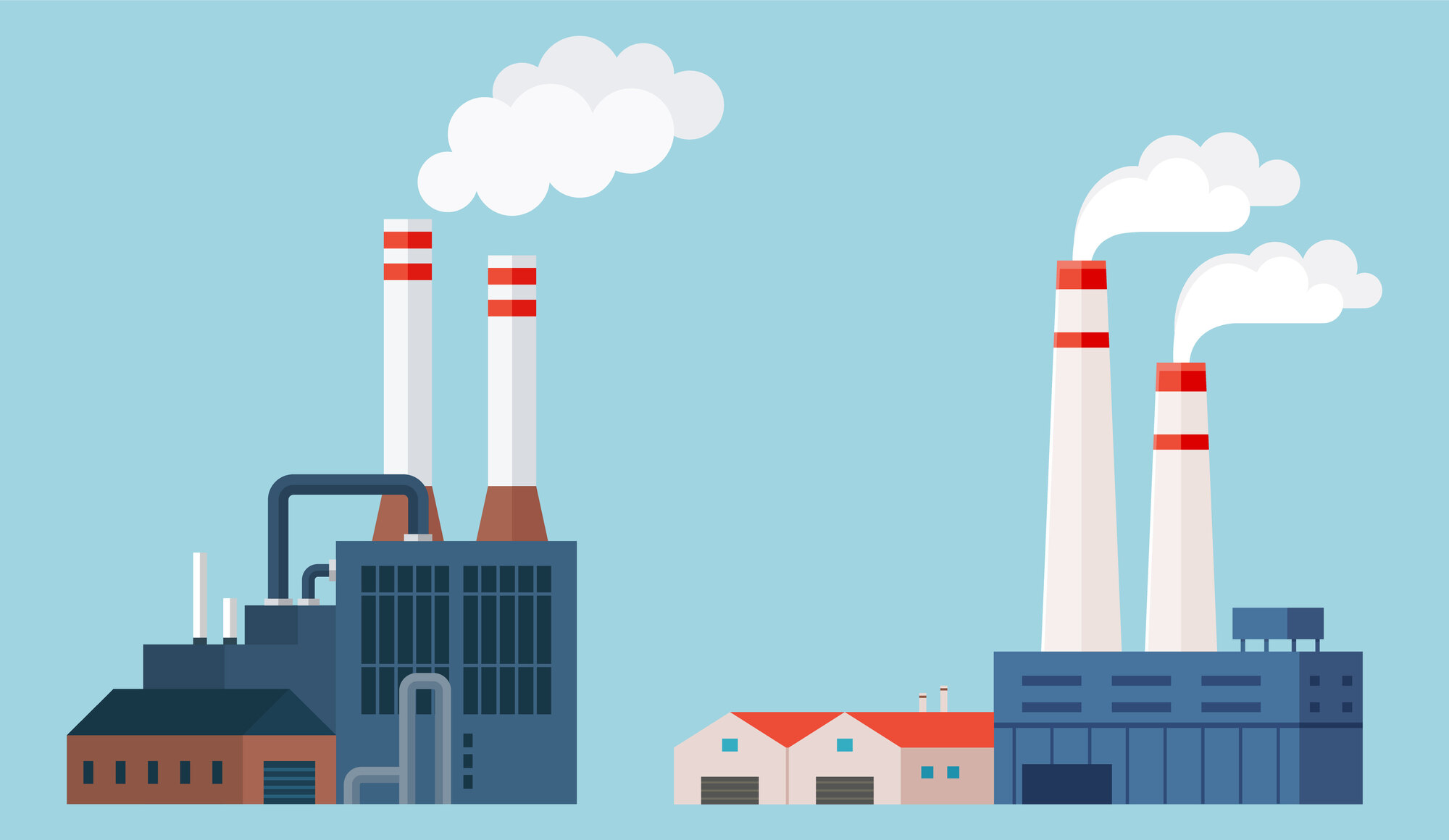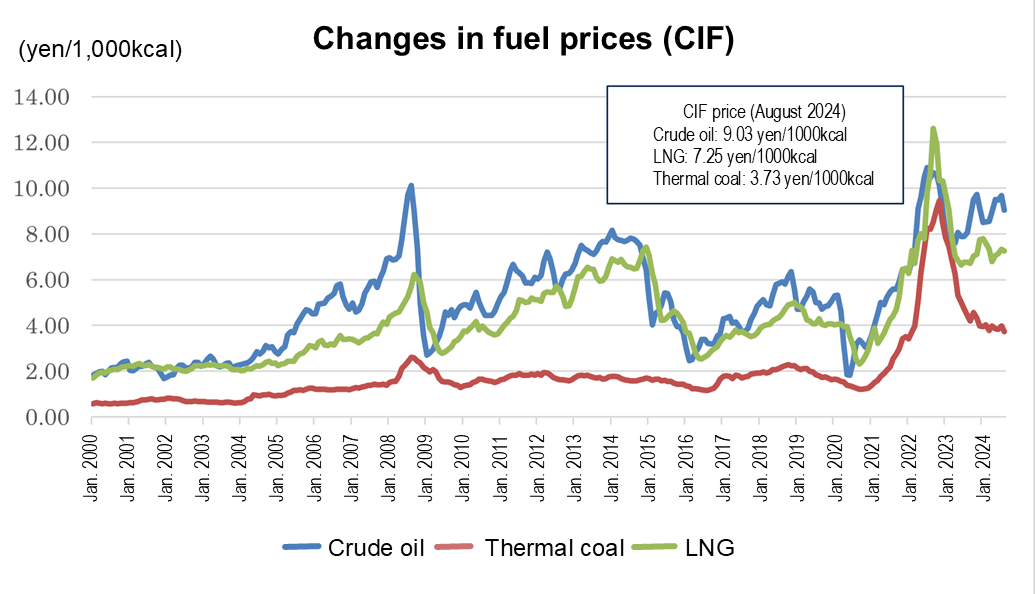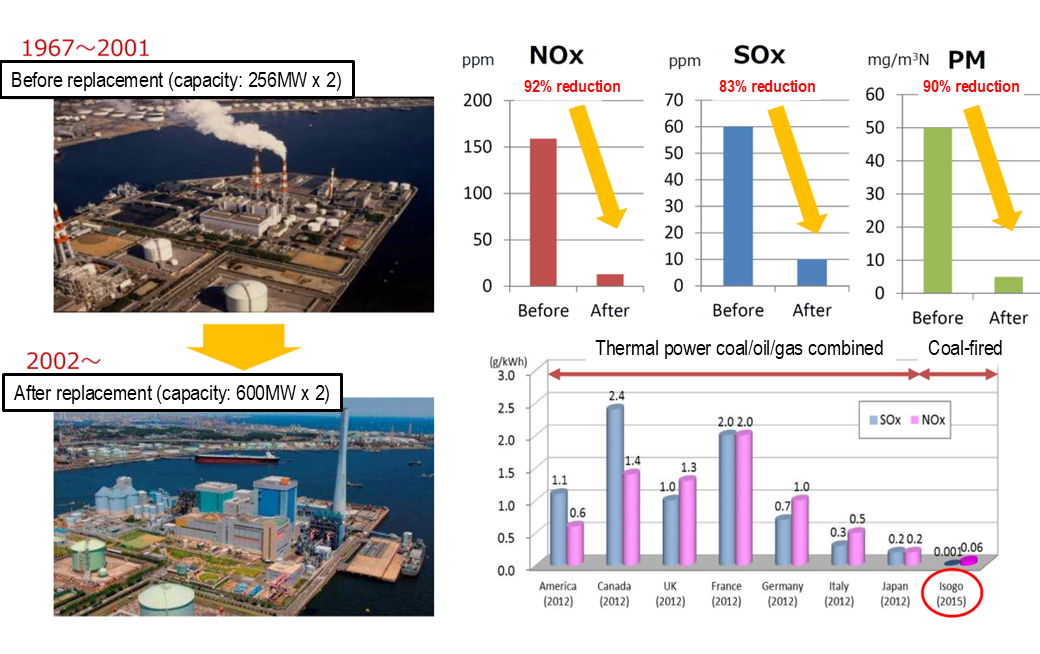Why Does Japan Continue to Utilize Coal-fired Power Generation?
-Challenges in Achieving Energy Mix and CO2 Emission Reductions by FY2030
(Provisional translation)
(English ver.) 2025-04-18

Various countermeasures against CO2 emissions are being taken across the world with a view to realizing an environment-friendly society. Electric power generation is, without doubt, one of the sectors that must be addressed. Under such circumstances, why does Japan continue to utilize coal-fired power generation? This article answers various questions that may arise regarding coal-fired power generation in Japan.
Q1. Why has Japan maintained its policy of utilizing coal-fired power generation?
It is necessary for Japan to utilize coal-fired power generation to a certain degree as it is outstanding in terms of both stability of supply and its economic characteristics.
Energy resources must satisfy multiple requirements, such as safety, stability of supply, economic efficiency, and environmental sustainability. In reality, no one source of energy is superior in terms of all of those characteristics. It is therefore essential to create a multi-layered energy supply structure which balances each aspect, and a combination of the most suitable sources must be chosen.
Coal is a stable, economical source of energy. As its mineable reserves are abundant, supply will also continue for longer than other fossil fuels (such as oil). In addition, coal deposits are located in diverse locations, so a stable supply can be expected.
Changes in landed (CIF) prices of crude oil, thermal coal, and LNG

The price of thermal coal has been more stable than prices of other fuels.
(Source) The Institute of Energy Economics, Japan
In Japan, the introduction of renewable energy is expanding. However, it is difficult to control the unstable nature of the generated power. Japan, which lacks stable energy resources, therefore needs to utilize coal to a certain extent.
In the 7th Strategic Energy Plan, on which a Cabinet decision was made in February 2025, coal is regarded as an important source of energy at the present time that is superior in terms of supply stability and economic aspects, for specific points outlined below.
Evaluation points regarding coal
- CO2 emissions are the largest amongst all types of fossil fuels with the currently available technology. However, coal has the following advantages:
- Relatively low geopolitical risks regarding procurement
- Comparatively low cost per unit heating value
- Ease in stockpiling
The Strategic Energy Plan, having stated the above, also suggests the need to reduce the proportion of coal-fired power generation in the power generation mix on the major premise of ensuring a stable supply.
Current coal fired power generation is getting significantly cleaner.
The use of coal does pose environmental challenges in the form of air pollutants, and CO2 emissions causing global warming. In particular, as coal emits more CO2 than other fossil fuels on a per unit basis, the utilization of coal requires the use of various strategies to overcome these shortcomings.
One of those strategies is technological development in coal-fired power generation. When it comes to coal, you may imagine an old power station emitting clouds of black smoke. However, modern coal-fired power generation has a considerably smaller burden on the environment. For instance, at Isogo Coal-Fired Power Station in Yokohama, a technology called Clean Coal Technology is adopted, accomplishing a considerable reduction in air pollutant emissions at the station. The power station, with replacement (reconstruction) carried out in 2002, now emits 92% less nitrogen oxide (NOx), 83% less sulfur oxide (SOx), and 90% less particle matter (PM) than before the replacement.
Isogo Power Station before and after the replacement, and reductions in air pollutants

Japan has the world’s most efficient power generating technology. The higher the efficiency, the less fuel needed to generate power, leading to reductions in CO2 emissions from thermal power generation. Further technological development will be implemented to pursue higher efficiency and more CO2 reductions.
Q2. Coal-fired power generation accounts for approximately 30% of the current power generation. What efforts are being made toward achieving the Energy Mix for FY2030 and the CO2 Reduction Target?
Systems are in place to encourage efforts toward achieving the energy mix and the CO2 reduction target.
METI and the Ministry of the Environment have agreed to formulate “systems for supporting the voluntary framework created by electricity businesses.”
Various systems and technological developments ensure the viability of achieving the target.
There is a law known as the *Act on Sophisticated Methods of Energy Supply Structures (Act on Sophisticated Methods). Under this Act, electricity retailers are required to procure at least 44% of their total electricity sales in FY2030 from non-fossil power sources. In other words, they are obliged to reduce fossil fuel-based power generation (burning coal and gas) to 56% or less.
*The Act on the Promotion of Environmentally Adaptable Use of Energy Sources and Effective Use of Fossil Energy Materials by Energy Suppliers
In addition, the Act on Rationalizing Energy Use requires the efficiency of power generation to be enhanced. The Act aims to steadily fade out inefficient coal-fired power generation on the major premise of ensuring a stable supply of electricity. Under this Act, each power generating business with coal-fired power generating facilities is required to set a benchmark target for generating efficiency equivalent to that of the ultra-supercritical (USC) technology, the most advanced technology with the highest efficiency commercialized in Japan.
Furthermore, in the case of cofiring fuels which emit no CO2, such as hydrogen and ammonia, the cofiring ratio is exempted from the calculation of generation efficiency, which is expected to promote the introduction of technologies toward decarbonization.
- For more details, please visit the site below:
-
Ammonia can be used as fuel!
Part 1: Ammonia is commonly used in our daily life, but its potential is not widely known
The technical viability and cost reduction of Carbon dioxide Capture and Storage (CCS) is to be enhanced toward decarbonization. The development of suitable sites and the creation of a business environment for the commercialization of CCS will also be advanced. Demonstration experiments are underway for CO2 emissions from operating coal-fired power plants to be separated/captured, and then efficiently transported by sea to a storage site. We aim to establish this technology by FY2026.
Conceptual diagram of CCS

Furthermore, in July 2015, the electric power industry established a voluntary framework called the Action Plan for the Electric Power Business for achieving a Low-Carbon Society (Carbon Neutrality Action Plan) to promote voluntary efforts to reduce CO2 emissions.
Those laws and voluntary frameworks mentioned above will only achieve the energy mix for FY2030 and CO2 reduction target if they work together in pursuing their common goals.
Divisions in Charge
About this article
Electricity Infrastructure Division, Electricity and Gas Industry Department, ANRE
About the Special Contents
Research and Public Relations Office, Commissioner’s Secretariat, ANRE
![]() The original Japanese text of this article; Click here
The original Japanese text of this article; Click here